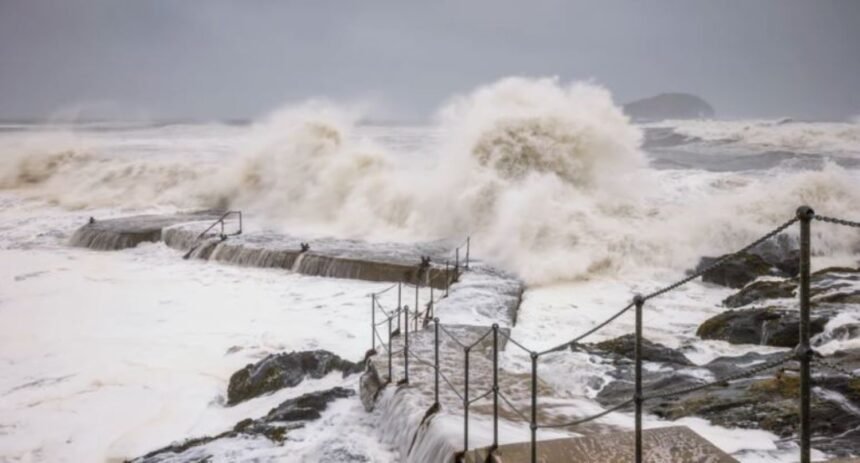Storm Eowyn batters Ireland with record-breaking winds of 182 km/h, leaving over 715,000 homes and businesses without power and disrupting daily life with flight cancellations and school closures.
Storm Eowyn unleashed its fury on Ireland this Friday, bringing record-breaking winds and widespread disruptions across the country. Authorities had issued a nationwide red weather alert—the first of its kind since Storm Ophelia in 2017—and the storm delivered devastating impacts.
Impact of the Storm
The powerful winds reached speeds of 182 km/h overnight in Mace Head, County Galway, temporarily breaking an 80-year record. The storm left streets in Dublin deserted during the usual morning rush hour, as schools, shops, and public transportation shut down.
Key disruptions include:
- Power Outages: ESB Networks reported “unimaginable” damage to the electricity grid, leaving 715,000 homes, farms, and businesses without power.
- Flight Cancellations: Hundreds of flights were canceled, grounding both domestic and international travel.
- Transportation Halts: Public transport services were suspended, and road conditions were deemed unsafe.
Nationwide Response
Authorities urged residents to remain indoors and avoid unnecessary travel. The red weather alert prompted businesses and schools across the country to close their doors.
ESB Networks is working to restore power, but officials warn that full restoration could take several days due to the extensive damage.
Historical Comparison
This is the most severe weather event in Ireland since Storm Ophelia in 2017, which claimed three lives. While no fatalities have been reported yet, the scale of Storm Eowyn’s impact underscores the growing challenge of extreme weather events.
What’s Next?
As Ireland begins to assess the damage, the focus remains on restoring power and ensuring public safety. Emergency services and utility companies are mobilized across affected regions to respond to the crisis.







